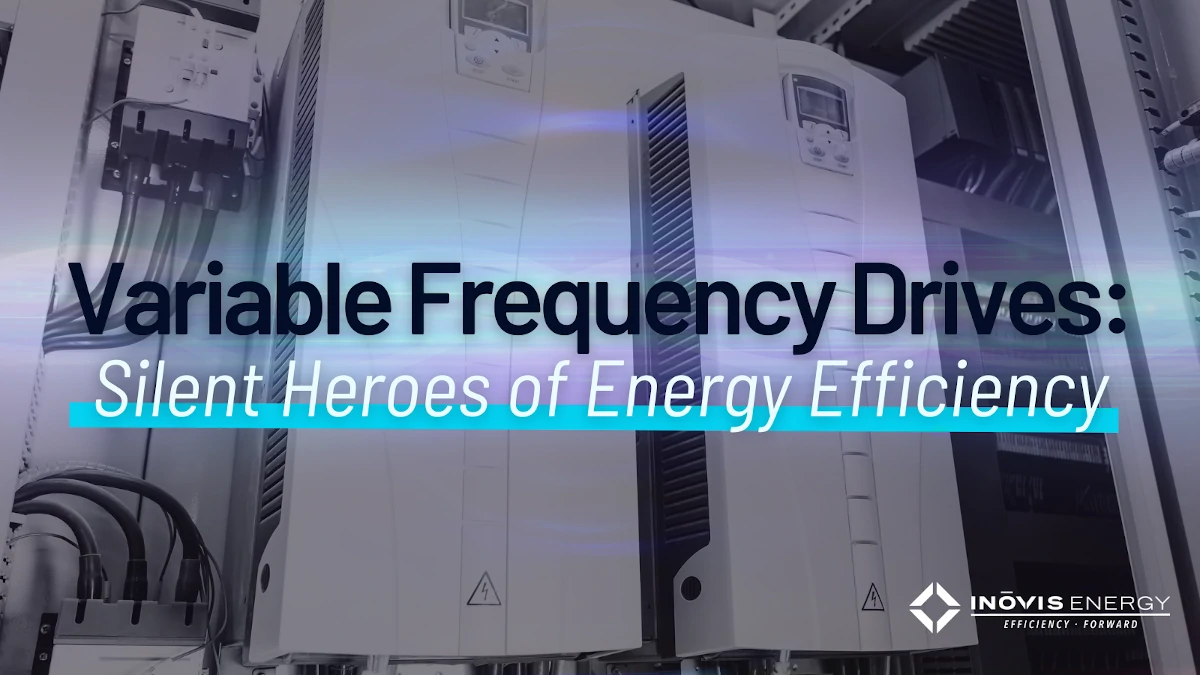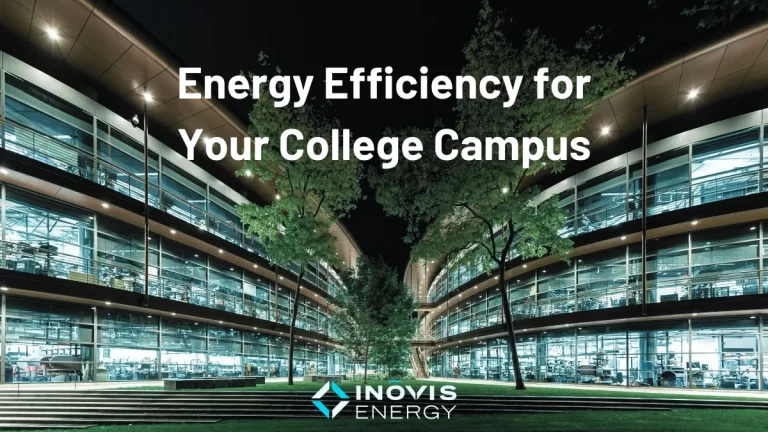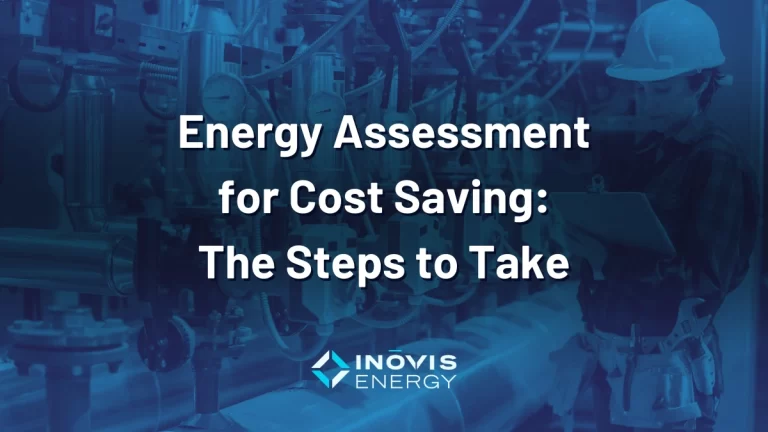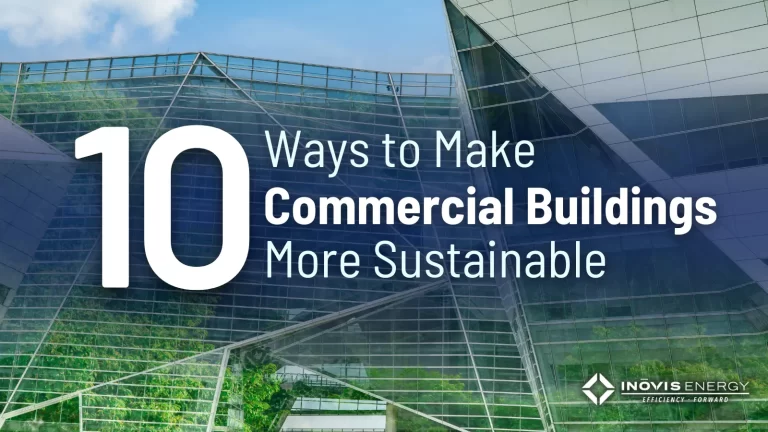Variable Frequency Drives (VFDs) are the unsung heroes of commercial HVAC systems, including traditional stack-mount systems, heat pumps and beyond. As companies increasingly turn their attention to HVAC systems as a way to cut costs, conserve energy and reduce their carbon footprint, many are zeroing in on the benefits VFDs offer.
While small, they’re mighty—and they have the power to improve energy efficiency, reduce mechanical stress on equipment, and allow for precise motor speed control. For a relatively minor investment, there’s an opportunity to unlock tremendous potential from a critical utility that’s constantly in-use.
Here’s a closer look at VFDs and how building owners can capitalize on them as part of their efforts to optimize HVAC efficiency.
What is a VFD?
A VFD is an electronic device that controls the speed of an electric motor by adjusting the frequency of the power supplied to the motor. VFDs can start and stop motors smoothly, reducing wear and tear on mechanical components. In the context of HVAC, a VFD controls when the system blows air and the force at which it distributes that air—usually in relation to a sensor.
A global tightening of emission standards—and demand for increased reliability and sustainability—have led to a rise in building owners installing VFD-enabled systems where applicable. Systems using VFDs are more efficient than those with more traditional blower or fan controls, which typically are binary on/off systems or those that require manual air distribution settings.
The cheapest unit of energy is the one you don’t use. Switching to a VFD reduces energy use and increases efficiency, ultimately saving building owners money.
Six Ways VFDs Improve Commercial Efficiency
Industrial motors—largely those used in HVAC systems—consume approximately one-fourth of the world’s electric energy. That’s a considerable slice of the energy pie. For the planet’s sake, it’s up to commercial energy stewards to change how much they consume. When these motors function in conjunction with VFDs, their efficiency improves.
The cost and size of VFDs have decreased as performance has increased. Here’s a look at some of the reasons investing in a VFD is the responsible thing to do—not only for the planet, but for the sake of your entire HVAC operations:
- Low-power starts. VFDs can reduce mechanical stress on equipment by controlling the speed of the motor and by providing smooth starts and stops. It extends the life of the equipment and lowers maintenance costs.
- Eliminate voltage sag. When the voltage drops, the VFD can increase the speed of the motor to maintain a constant voltage level for the load. The VFD acts as a buffer against voltage sag, smoothing out the fluctuations and providing a stable power supply to the motor. Additionally, VFDs can be used in conjunction with energy storage systems such as capacitors or batteries to mitigate the effects of voltage sag further.
- Extends motor life. VFDs allow motors to operate at the optimal load speed, reducing the stress on components. VFDs can extend the life of a motor by reducing stress, heat, starting current, mechanical stress, and energy consumption.
- Limits torque. VFDs can control the speed of multiple motors in a system, providing flexibility in adapting to changing production needs. A motor working with a VFD can use the feedback from the rotor position to control the torque. It creates precise torque control even when varying loads and other disturbances are present.
- Precision control. They can help with precision control by adjusting the speed of the motor it controls to match the desired output by using closed-loop or open-loop control. The closed-loop control is more precise, as it uses feedback from a sensor to adjust the frequency of the power supplied to the motor, while open-loop control works within predetermined parameters.
- Less power consumption. VFDs can change an electric motor’s speed to match the system’s load requirements, reducing energy consumption and costs. For example, a VFD used on a fan or pump can reduce the speed when the system operates at partial load, reducing energy consumption by as much as 60%.
Does Your Commercial HVAC Use VFDs?
Building an energy-efficient future is our mission at Inovis Energy, but we can’t do it without you. Not only do we all benefit from a cleaner, greener planet, but your company can reap the cost savings too. Saving the environment isn’t cost-prohibitive anymore, and companies like yours are making necessary and affordable changes every day to be more sustainable.
How much money can you save with VFDs or other energy-efficient upgrades? Reach out to Inovis Energy today for a free, zero-cost energy audit!




